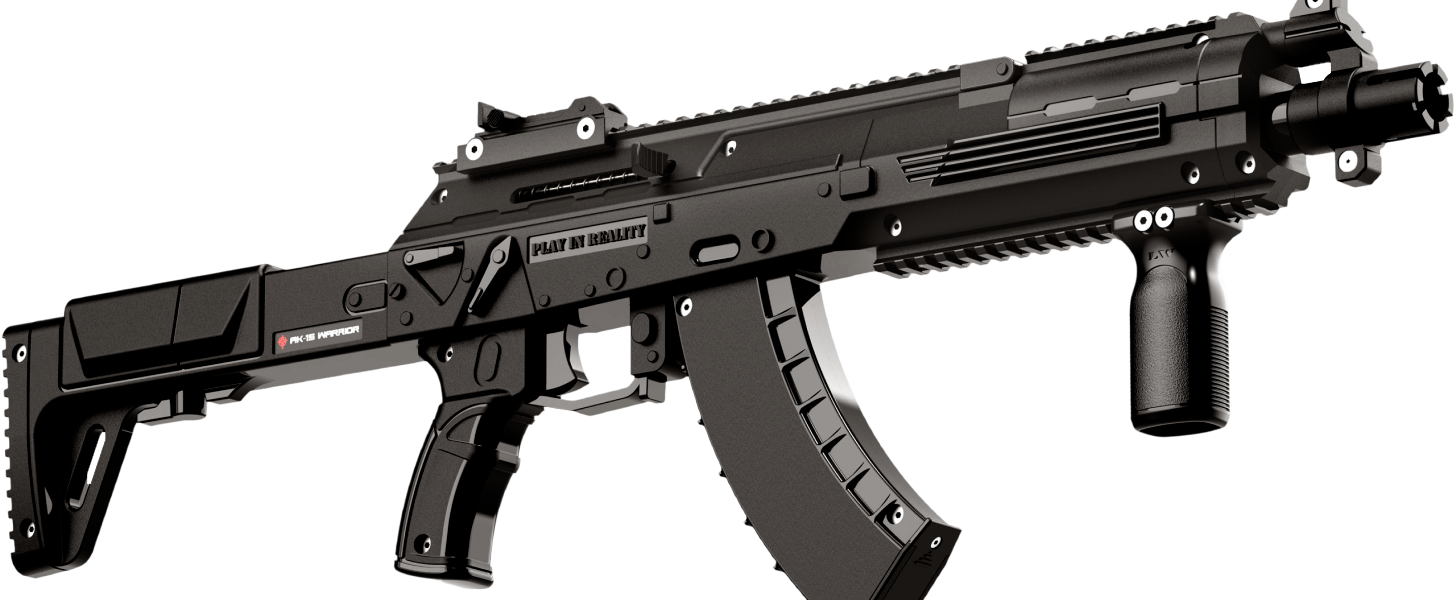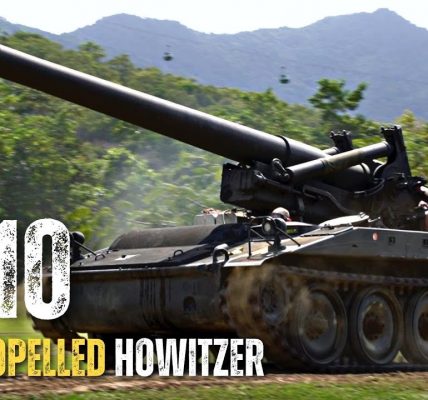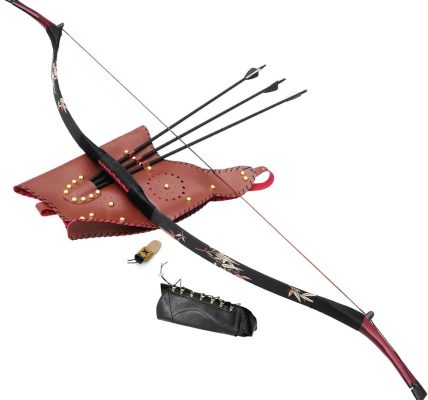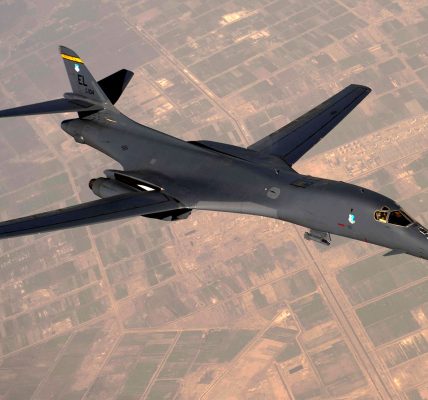The AK-15 is a modern assault rifle developed by Kalashnikov Concern in Russia. It is a direct upgrade of the AK-12 and is designed to meet the evolving needs of modern militaries and law enforcement agencies.
Origins and Development
The AK-15 was introduced in 2018 as part of Russia’s Ratnik modernization program. It is a further refinement of the AK-12, incorporating additional improvements in ergonomics, accuracy, and reliability.
The AK-15 features a number of significant upgrades over the AK-12, including:
- Improved ergonomics: The AK-15 has a redesigned stock and grip for better comfort and handling.
- Enhanced accuracy: The AK-15 has a longer barrel and a redesigned gas system, which improve accuracy and reduce recoil.
- Increased reliability: The AK-15 is designed to be more reliable and maintainable than previous AK-platform rifles.
- Compatibility with NATO ammunition: The AK-15 is compatible with NATO-standard 5.56x45mm ammunition, making it more interoperable with allied forces.
Military Use
The AK-15 has been adopted by the Russian military as a replacement for the AK-74. It is also being exported to other countries, including India and Malaysia. The AK-15 is particularly well-suited for modern warfare, with its versatility and adaptability.
Civilian Use
The AK-15 is not currently available for civilian purchase in most countries. However, there is a civilian variant of the rifle, known as the AK-15M, which is available in some markets. The AK-15M is a slightly modified version of the military rifle, with features such as a shorter barrel and a different stock.
The AK-15’s Legacy
The AK-15 is a testament to the ongoing development and refinement of the AK-47 platform. It offers a modern and versatile assault rifle that meets the demands of contemporary warfare. The AK-15’s success is likely to ensure that the AK-47 family remains a dominant force in the world of firearms for many years to come.
Would you like to know more about the AK-15’s specific features, its performance in combat, or its potential impact on the global arms market?




